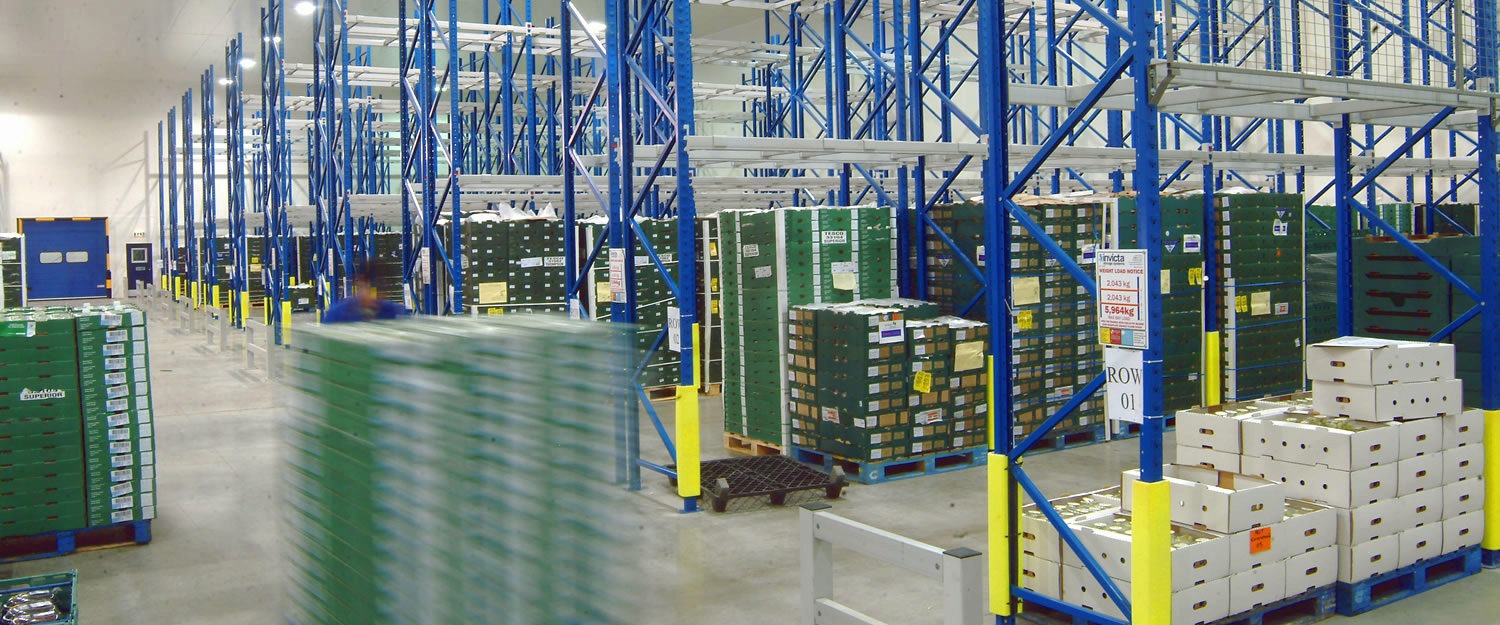For your information
You are being redirected to one of our divisional subsites which contains more detailed information on the required division. To navigate back to the main Invicta Group site, please click the link found in the footer at the bottom of the page.
How to enhance safety and grow your warehouse business
3rd March 2023
Quick Quote
Contact Mick Coyne
To get a quotation or arrange a free site survey - Call Mick Coyne on
-
 UK
UK
Current location:
Quick Quote
Contact Mick Coyne
-
 UK
UK
Current location:
One thing the pandemic has given warehouse operators plenty of time to think about is their health & safety protocols. As well as instigating infection controls and other safety measures, the various lockdowns and rule changes have been a good chance to reconsider warehouse safety as a whole, and look at how the space and your processes can be optimised.
If you haven’t taken the time to do this yet, now may be the perfect chance. A combination of new technologies and old ideas could help to improve safety as well as productivity. By instigating these changes now, you’ll be positioning yourself to succeed in an increasingly tough market – and setting standards that will attract clients and talent.
Train and maintain
The foundation for good safety in any business is comprehensive training, and warehouses are no exception. Warehouse operatives must navigate a maze of risks throughout the day, including heavy vehicles, trio hazards and precariously stacked goods. Warehouse safety training helps people to recognise these risks, and internalise the processes to help spot, avoid and report them.
What is also important, however, is to instil a safety positive culture throughout your business. It’s no good training people to recognise risks if they do not feel that they can report them freely, and be sure that they will be acted upon. This means training supervisors, managers and even owners to disseminate key information, and set up the structures and processes needed to stay safe at work.
Before you make any physical changes to your workplace, you should make sure that your safety policies are clearly articulated, understood and acted upon by all of your staff. This may include some testing or frills, as well as the use of regular toolbox talks and posters around the warehouse. A full risk assessment may be a good starting point to consider whether your policies need to be updated, and to highlight areas for improvement.
Rearrange your racking
Once you’re confident in the training and safety consciousness of your operatives, you can start to consider more structural changes. The key consideration here is how to balance safety with an increased throughput. Any change you make should be to the operational benefit of your business, increasing safety and making your workers more productive.
One way to achieve this is to look at congestion, and ways that you can redirect or limit warehouse traffic. A busy warehouse presents a raft of problems, including collisions, proximity and ventilation (in terms of COVID and other illnesses), and traffic jams. The easiest (if not the least invasive) solution may be to redesign your pallet racking system.
By using a higher density racking format, you could fit the same amount of pallets in a smaller space, allowing you to free up additional space around the warehouse. Conversely, you might look to install a wide aisle pallet racking system, allowing for better distancing and easing traffic. If your warehouse requires a lot of manual picking, you might even consider a multi-tier or mezzanine-supported system, with walkways and multiple access points to ease passage between racks and floors.
Explore robots and automation
A higher investment, but arguably lower effort solution would be to explore the use of robotics. Huge leaps have been made in warehouse robotics over the last few years, to the extent that businesses now have the option of using fully autonomous robots, or lower tech ones that travel along defined paths. These provide several safety benefits: they have sensors to prevent collisions that other vehicles are prone to, causing damage or injury; they can reduce strain injuries from lifting; and they can reduce human traffic in your warehouse.
The more basic form of robot or automated vehicle travels along set lines, such as physical rails or wires, or along a programmed path. These are useful for ferrying goods to and from specific areas, or for retrieving goods directly from racking such as in an AS/RS system. There are also robots which can sort or package goods in situ, working in tandem with people on a production or sorting line.
However, fully autonomous robots are becoming increasingly viable. Managed by a WMS or similar software, these robots can be programmed to navigate the warehouse and perform specific tasks. This is normally aided by a system of sensors to help them find aisles and goods, as well as by the design of the racking itself, which should be configured in such a way that the robots can easily navigate and interact with it.
—
Warehousing, logistics and storage are all increasingly trending towards automation, and looking to maximise efficiency. As storage space becomes more expensive and labour shortages continue to bite, it’s likely that this trend for automation and efficient racking will continue.
The aim for businesses now should be to instil safety throughout this process, and put a plan in place that can be referred back to as your business develops. By putting safety at the heart of your growth and expansion, you’ll ensure that workers stay safe and feel valued, even as you streamline your workforce, and drive towards greater productivity.










Share/Like this page